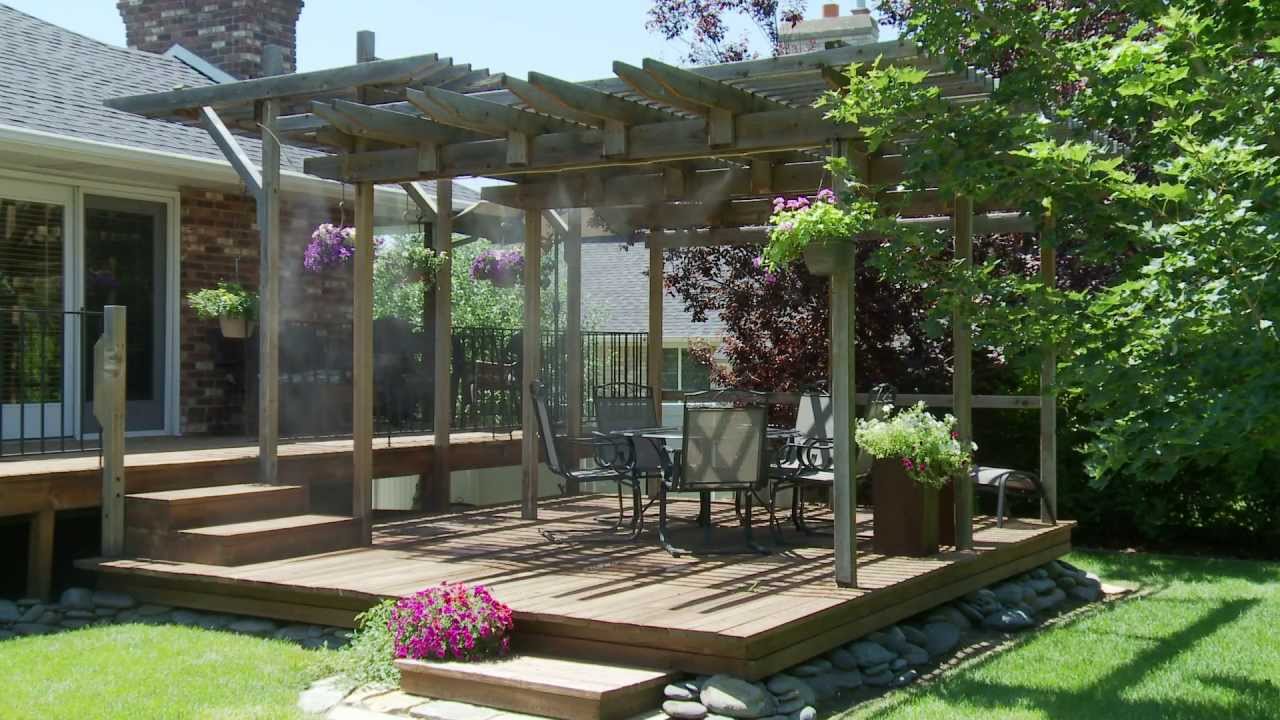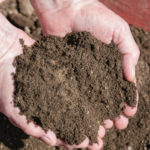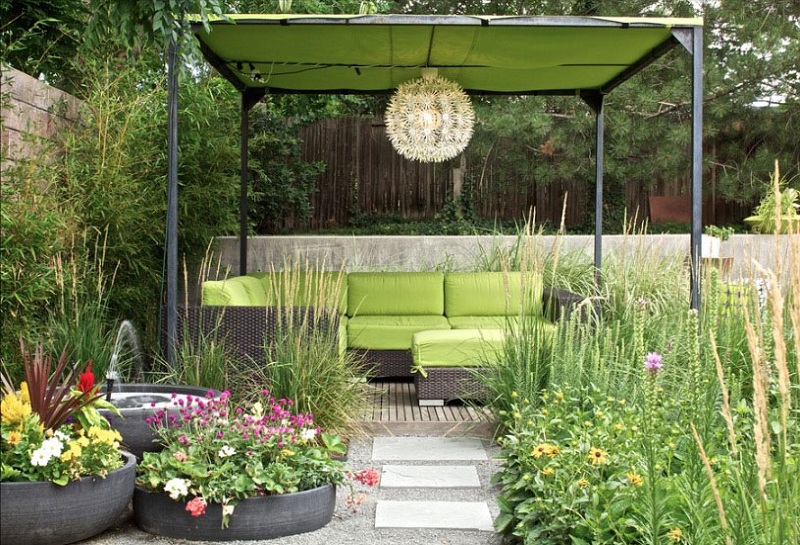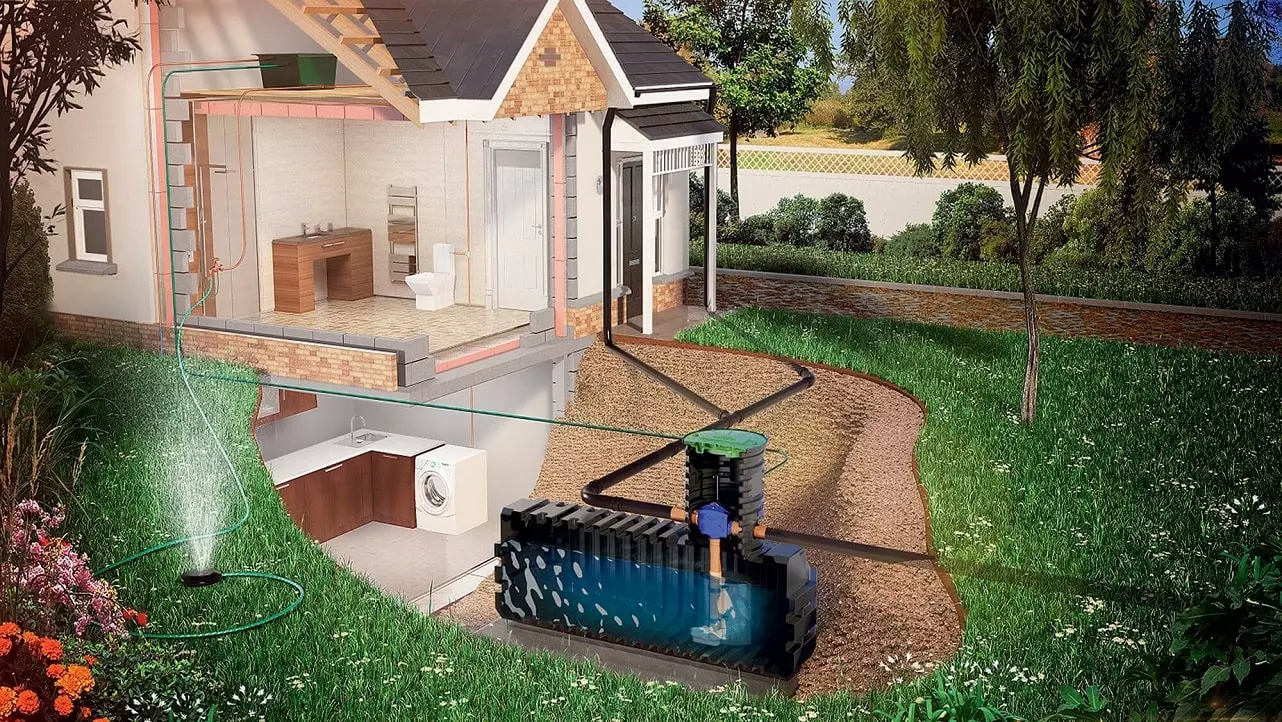
5 Innovative Ways to Harvest Freshwater
Water, the most vital resource for all living beings, is unfortunately becoming scarce in many parts of the world. With climate change and over-extraction, the challenge of securing freshwater is becoming increasingly crucial. I’ve been deep-diving into this topic and have come across some fascinating methods that everyday folks are using to ensure they have an ample water supply. Even if there’s a shortage in your town, these methods might just ensure that you aren’t left high and dry. And if you’ve been keenly exploring options, this method in particular, which is scarce legit, could be a game-changer.
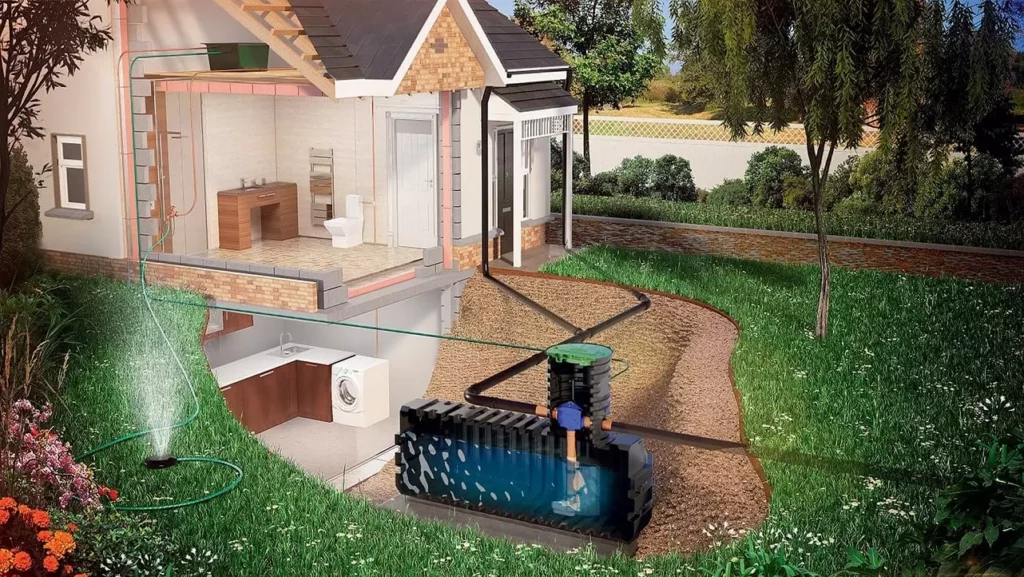
Content
1. Rainwater Harvesting
Rainwater harvesting is not a new concept. However, advances in technology and designs have made it even more efficient. By using specialized collection systems and filters, you can gather significant amounts of water even from short rainfalls. This water can be used for non-drinking purposes, and with proper filtration, even for consumption. For those keen on reducing their water bills and having an emergency source, here are seven ways to secure a freshwater source today.
2. Dew and Fog Collection
Sounds a bit far-fetched? It isn’t! In areas where fog is frequent, there are nets available that can be set up to catch water droplets. The droplets eventually merge and trickle down into a collection system. Similarly, dew, which is formed on cold surfaces overnight, can be captured using sheets of plastic. On a large scale, these methods can provide a surprising amount of water.
3. Air-to-Water Converters
This is where it gets even more fascinating. Devices that convert air into water aren’t just found in science fiction! They function on the principle of capturing moisture from the air and condensing it. The technology might seem futuristic, but with the advancement in energy-efficient systems, it’s a very real solution today. And if you’re pondering how to make the most of renewable energy sources like solar power, even in less sunny climates, this article offers some brilliant insights.
4. Subsurface Dams and Sand Rivers
While not as common as the other methods, this method involves creating a barrier beneath the ground to stop the flow of underground water, causing it to accumulate in a certain area. Over time, this accumulated water can be tapped using wells or boreholes. Sand rivers, on the other hand, are rivers that flow under layers of sand, which act as a natural filtration system. By digging into these sand rivers, clean and filtered water can be accessed.
5. Desalination
For those living near coastlines, seawater is in abundance but isn’t potable due to its high salt content. Desalination is the process of removing salt and other minerals from seawater, making it suitable for drinking and irrigation. While it is energy-intensive, with the rise in renewable energy, desalination plants are becoming more viable for producing freshwater.
Securing freshwater is more crucial than ever. As someone keen on home improvements and innovations, I’ve realized that ensuring a consistent water supply isn’t just about comfort – it’s about survival. Solutions are available, and with a bit of research and investment, freshwater can be within reach for everyone. The world may be facing a drought problem, but with innovative solutions and technology, there’s hope for a hydrated future.
The Role of Community in Freshwater Preservation
Local communities have a major role to play in ensuring water security. Residents, when working together, can implement community-wide strategies to harvest and save water. Sharing resources, knowledge, and pooling in funds for bigger projects, like community rainwater harvesting tanks or shared filtration systems, can not only ensure water availability but also foster a sense of unity and cooperation. Neighborhoods can also organize educational campaigns on the importance of water conservation and provide platforms for discussions, ensuring everyone gets a say in the collective solution.
Water Conservation at Home: Beyond the Basics
While water harvesting is crucial, an equally significant approach is to reduce our water consumption. It starts with understanding our water usage patterns. For instance, instead of watering gardens during the peak heat of the day, do it during the early mornings or late evenings to reduce evaporation. Use appliances like washing machines and dishwashers only for full loads. Another tip is to shift towards xeriscaping, a landscaping method that uses drought-tolerant plants, reducing the need for regular watering. Embracing such practices, beyond just fixing leaky faucets, can make a significant difference in your daily consumption.
The Impact of Policy and Technology
Governments and policymakers can no longer afford to ignore the looming water crisis. Well-structured policies can give direction and provide the necessary support for the implementation of water harvesting methods. Grants, subsidies, or tax breaks for homeowners and businesses that invest in water-saving technology can serve as incentives. Additionally, investing in research and development for more advanced, cost-effective, and energy-efficient water-harvesting techniques can pave the way for a sustainable future. As technology evolves, we may discover even more ways to tap into and save this precious resource, but it requires collective action and the will to prioritize it.

My name is Wilson Michel. I post about home improvement ideas and how to make your home look beautiful and liveable. I hope my posts will help you with your DIY projects!

